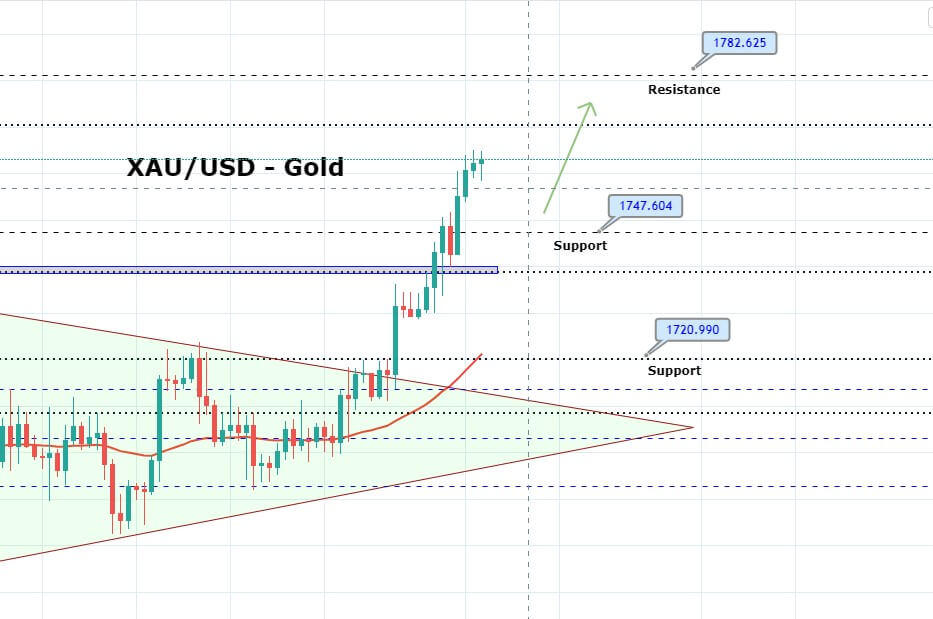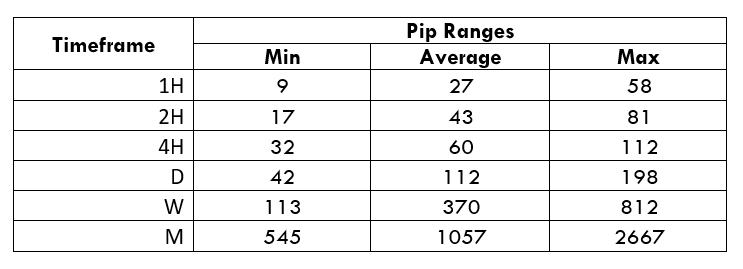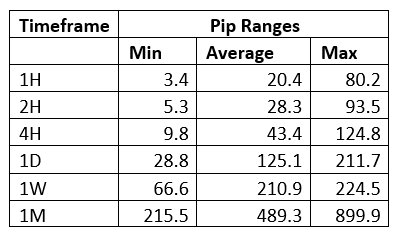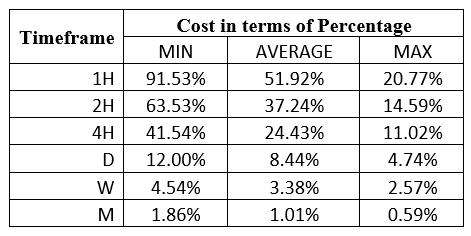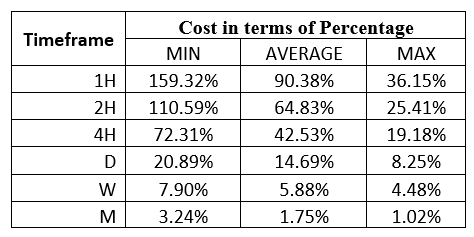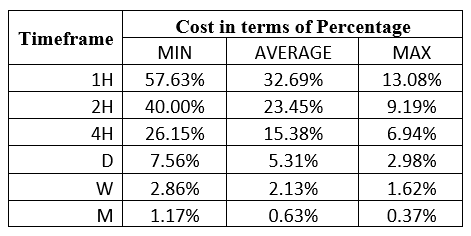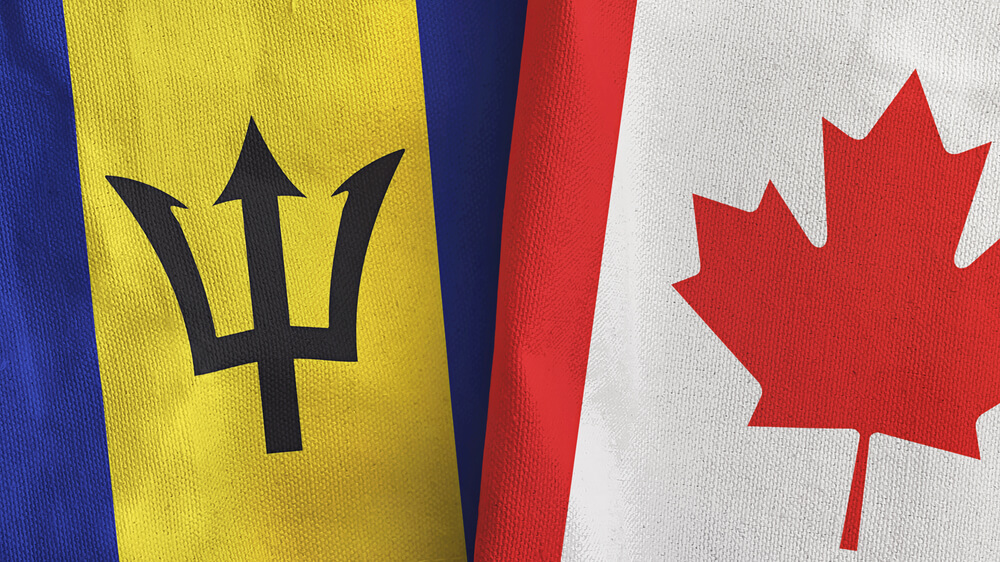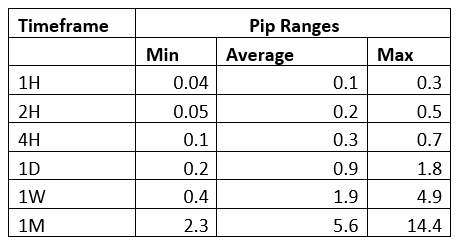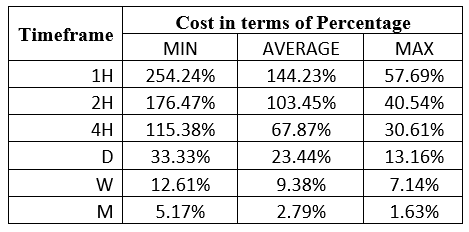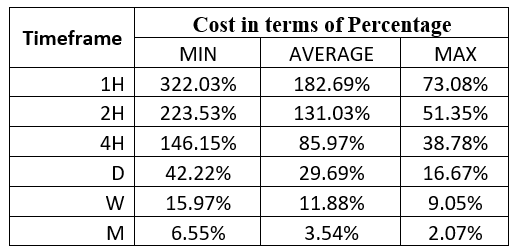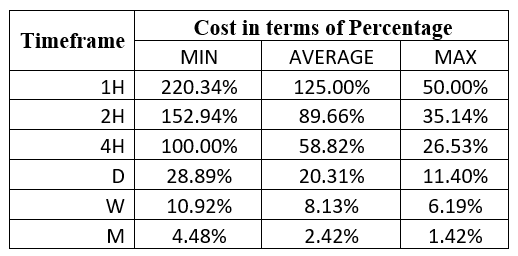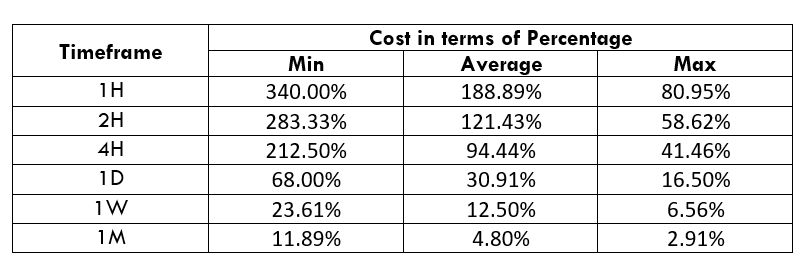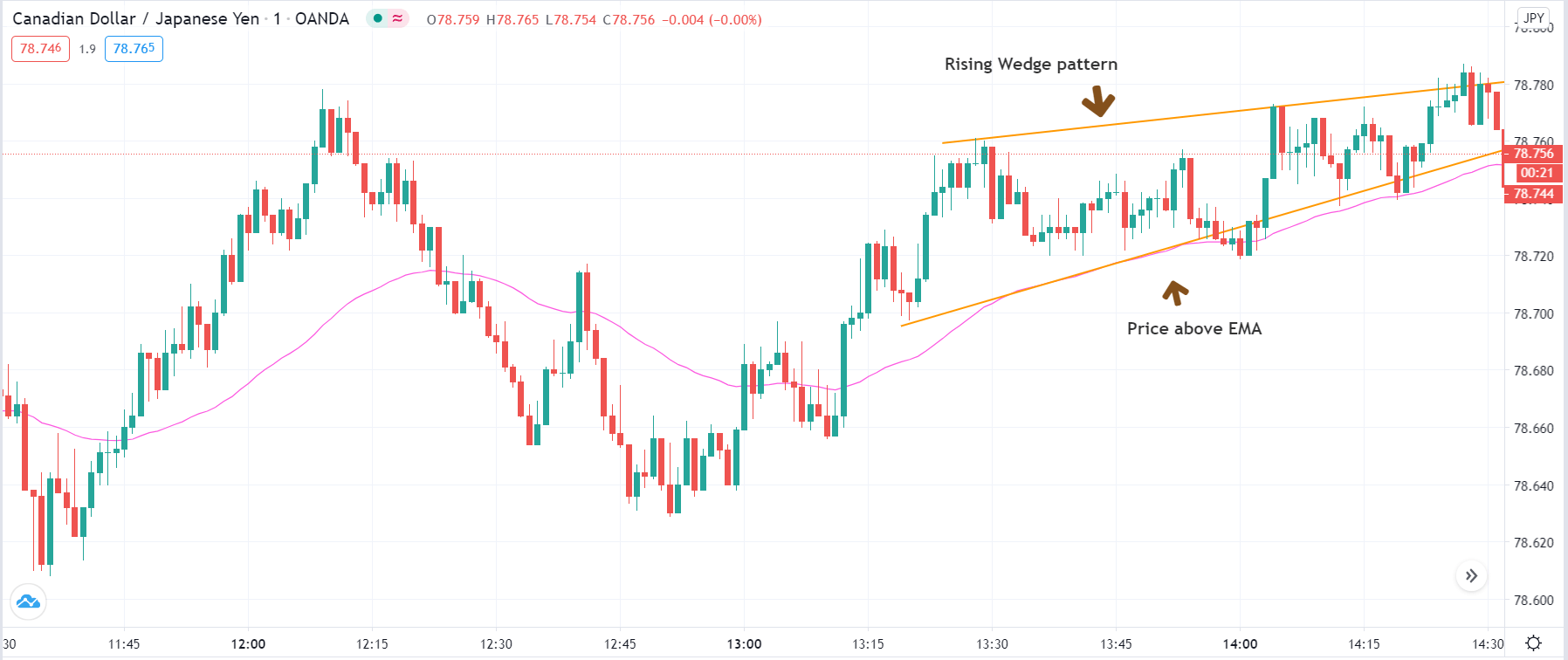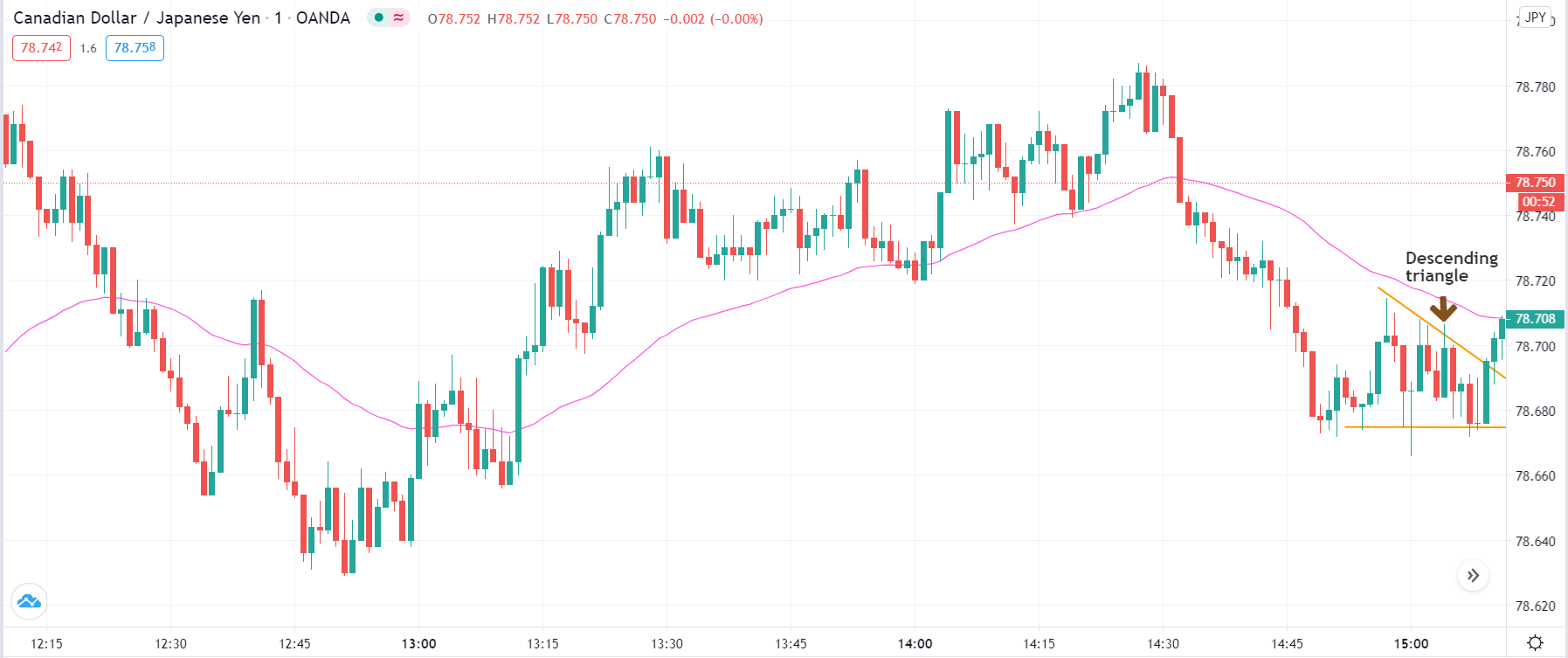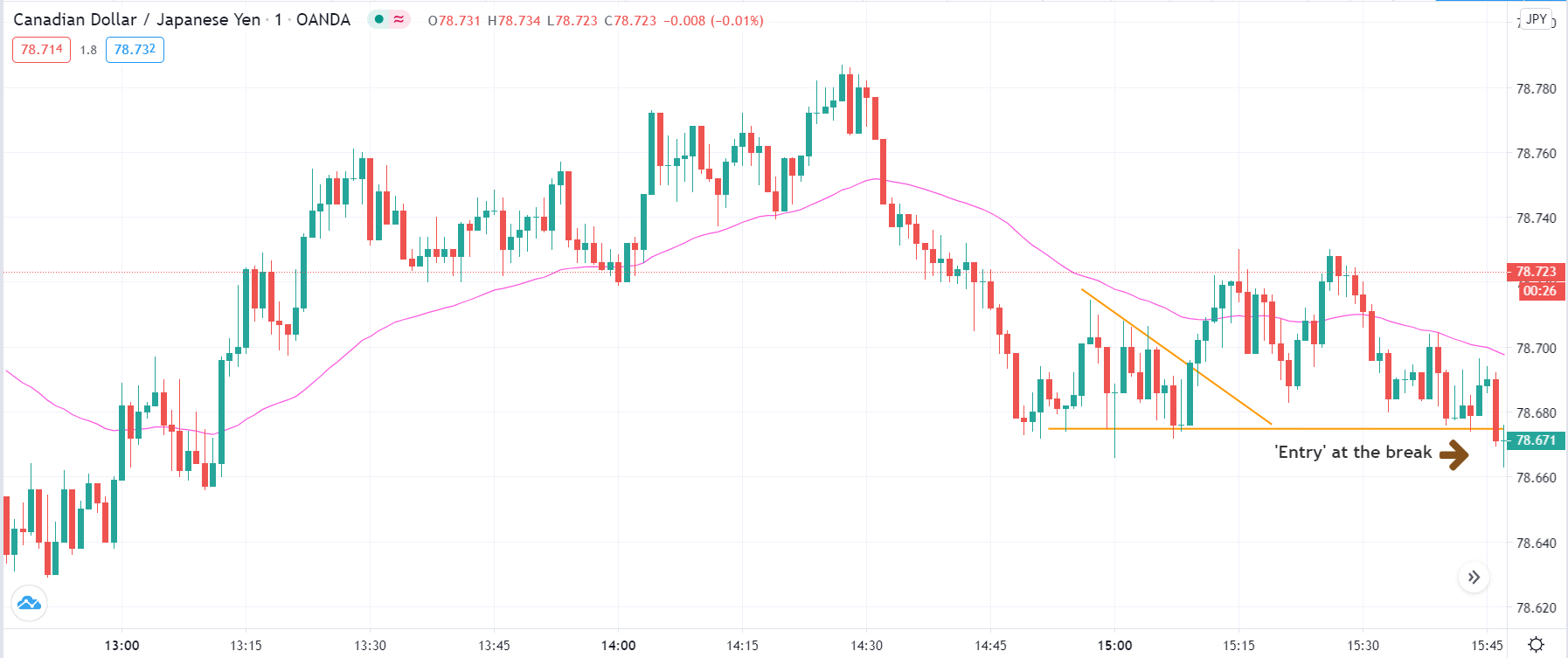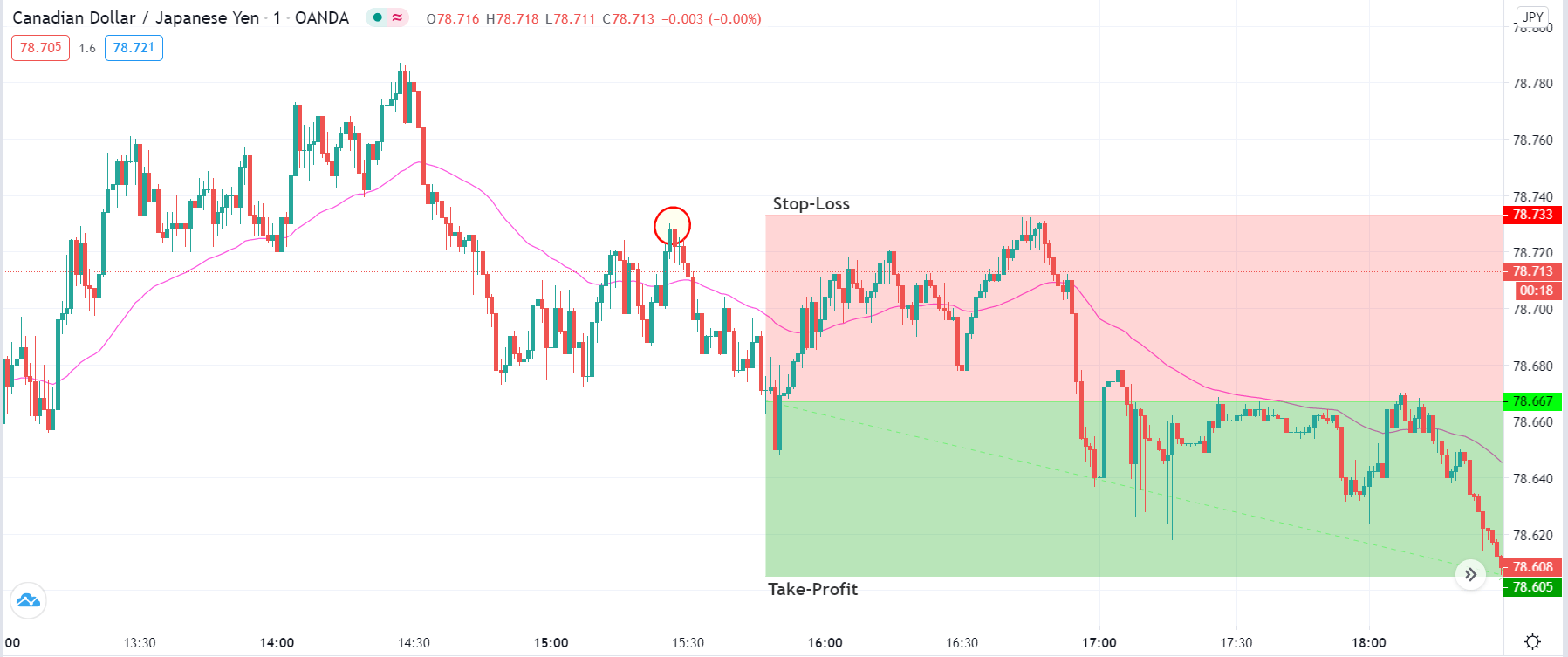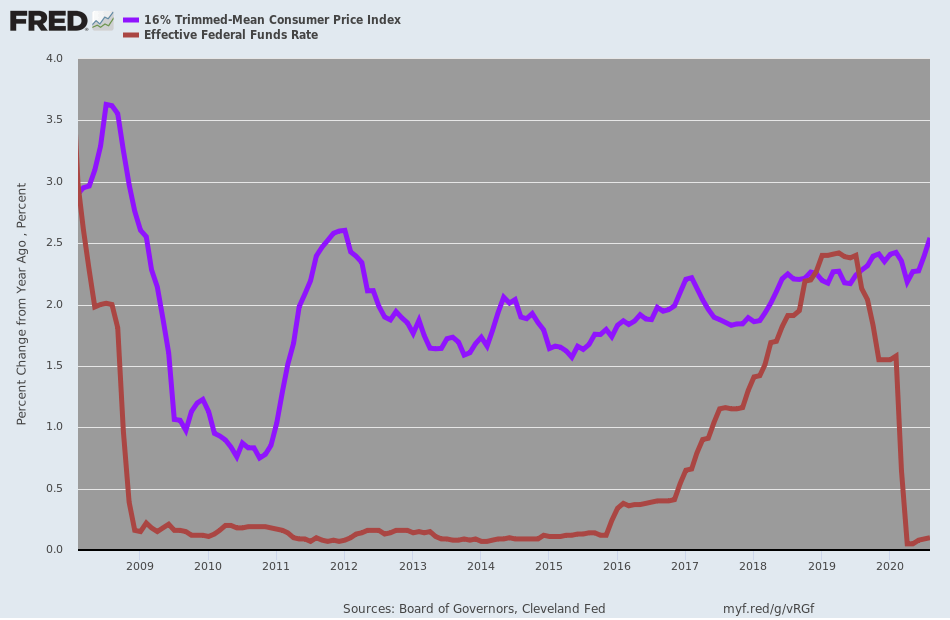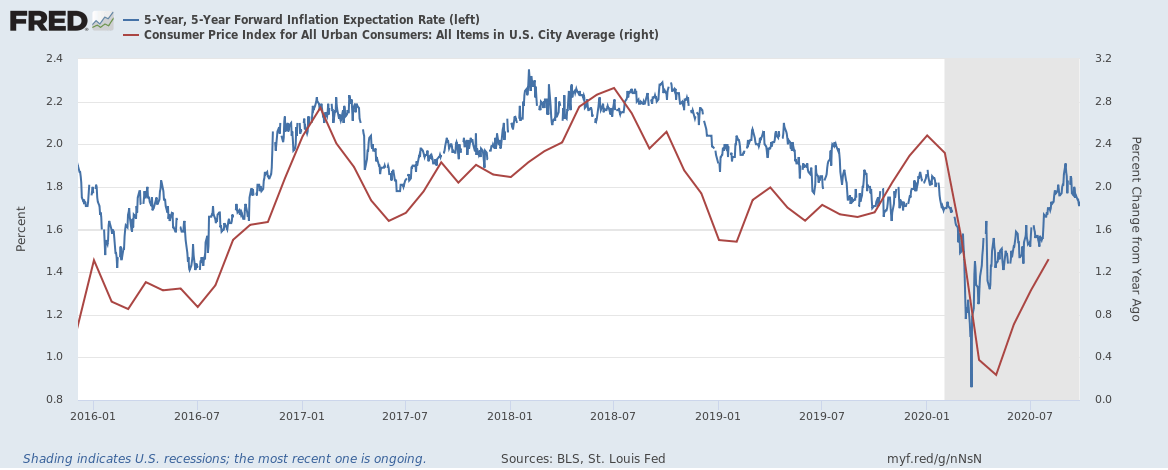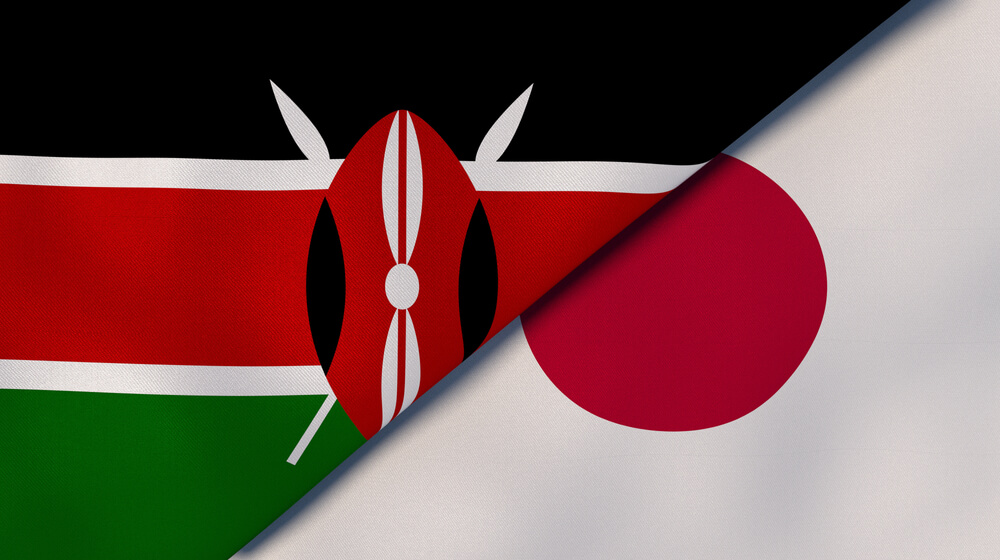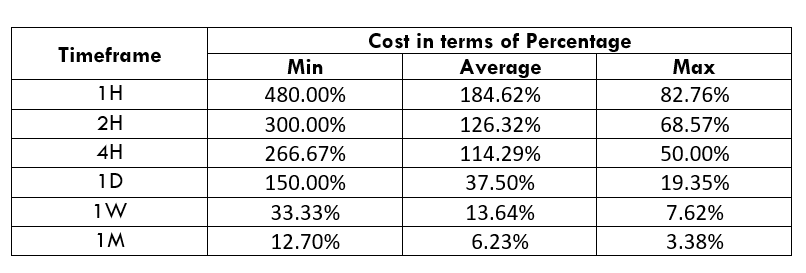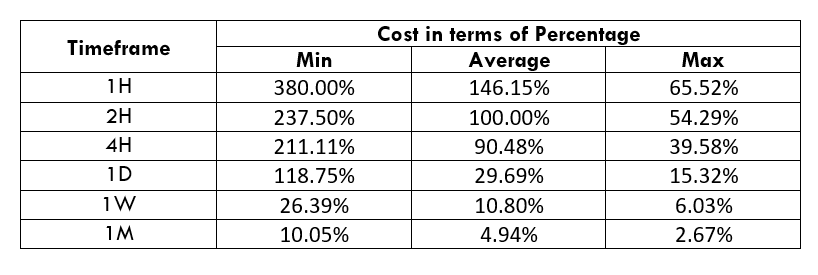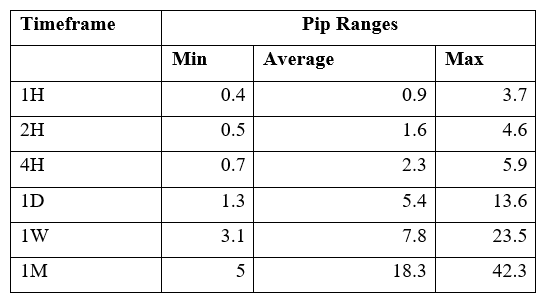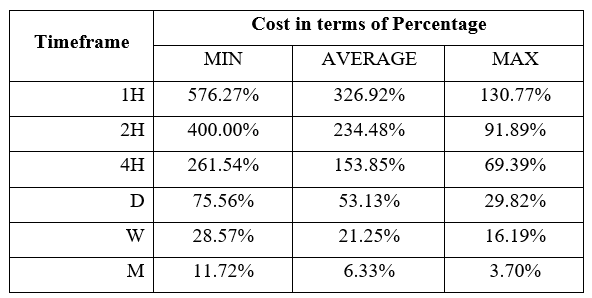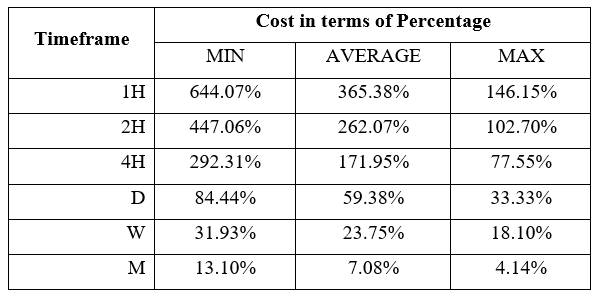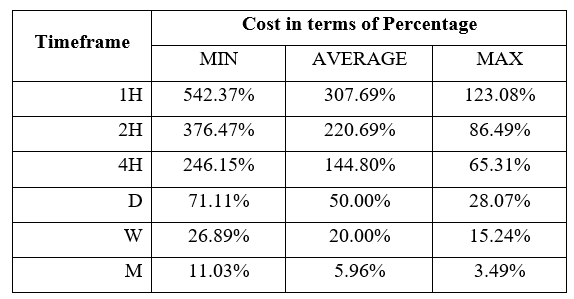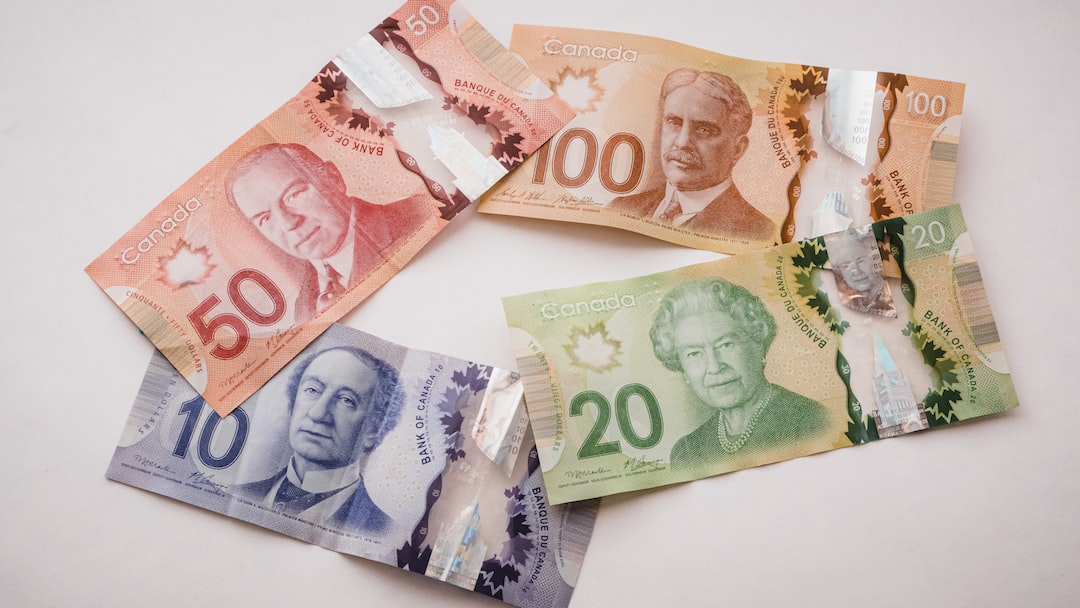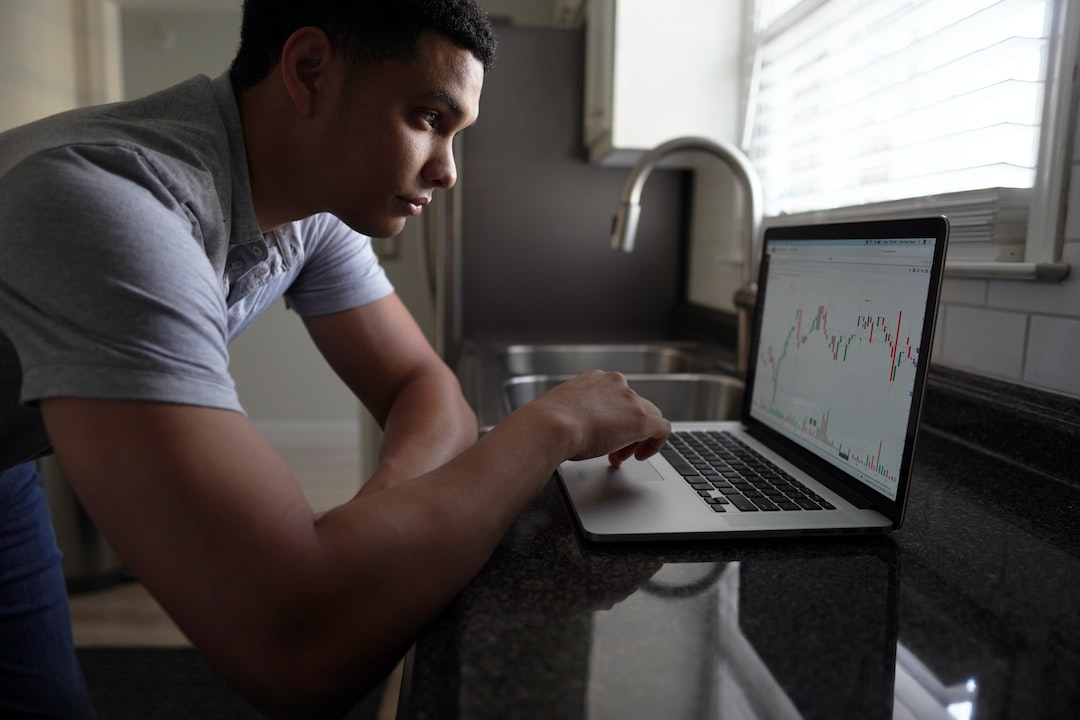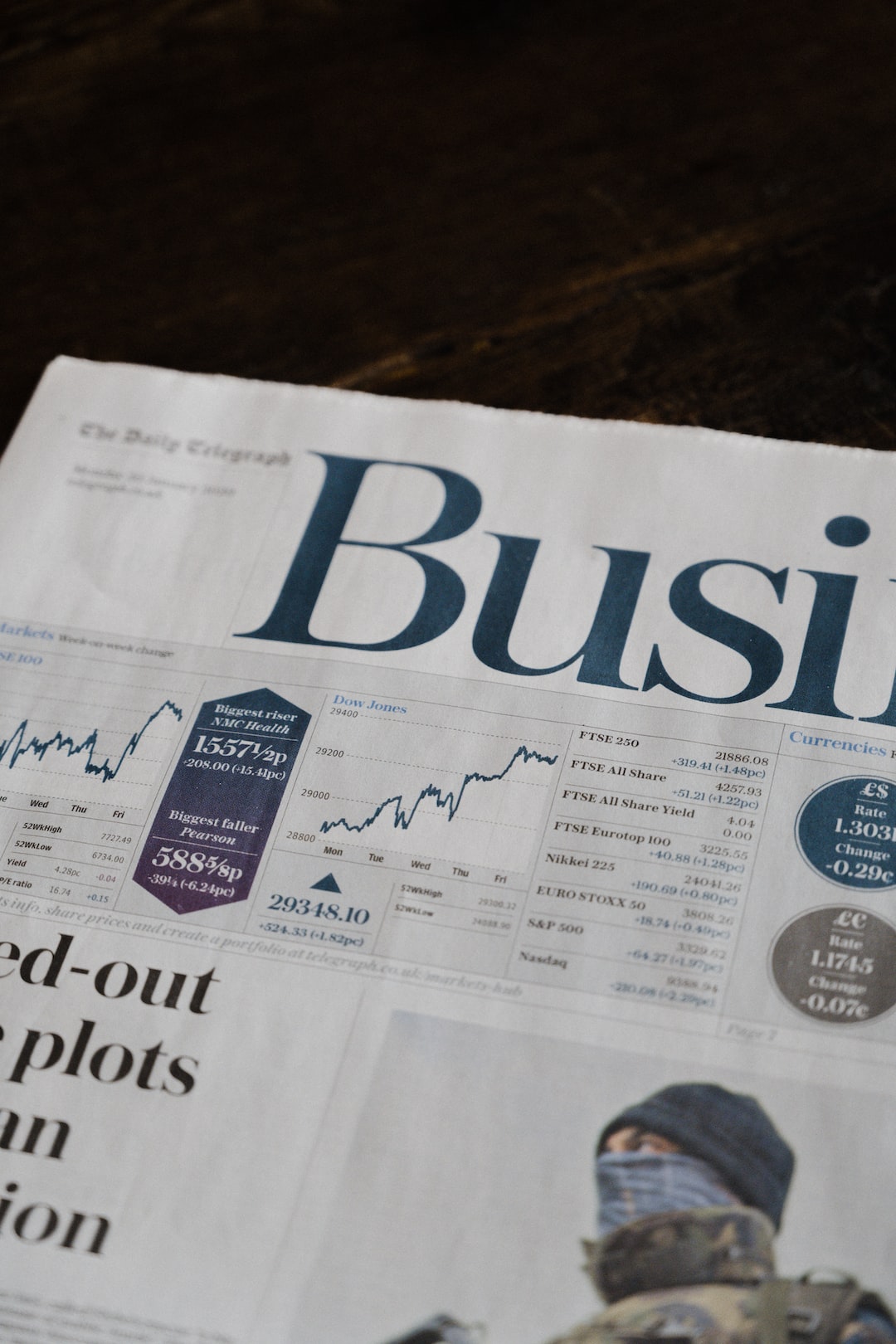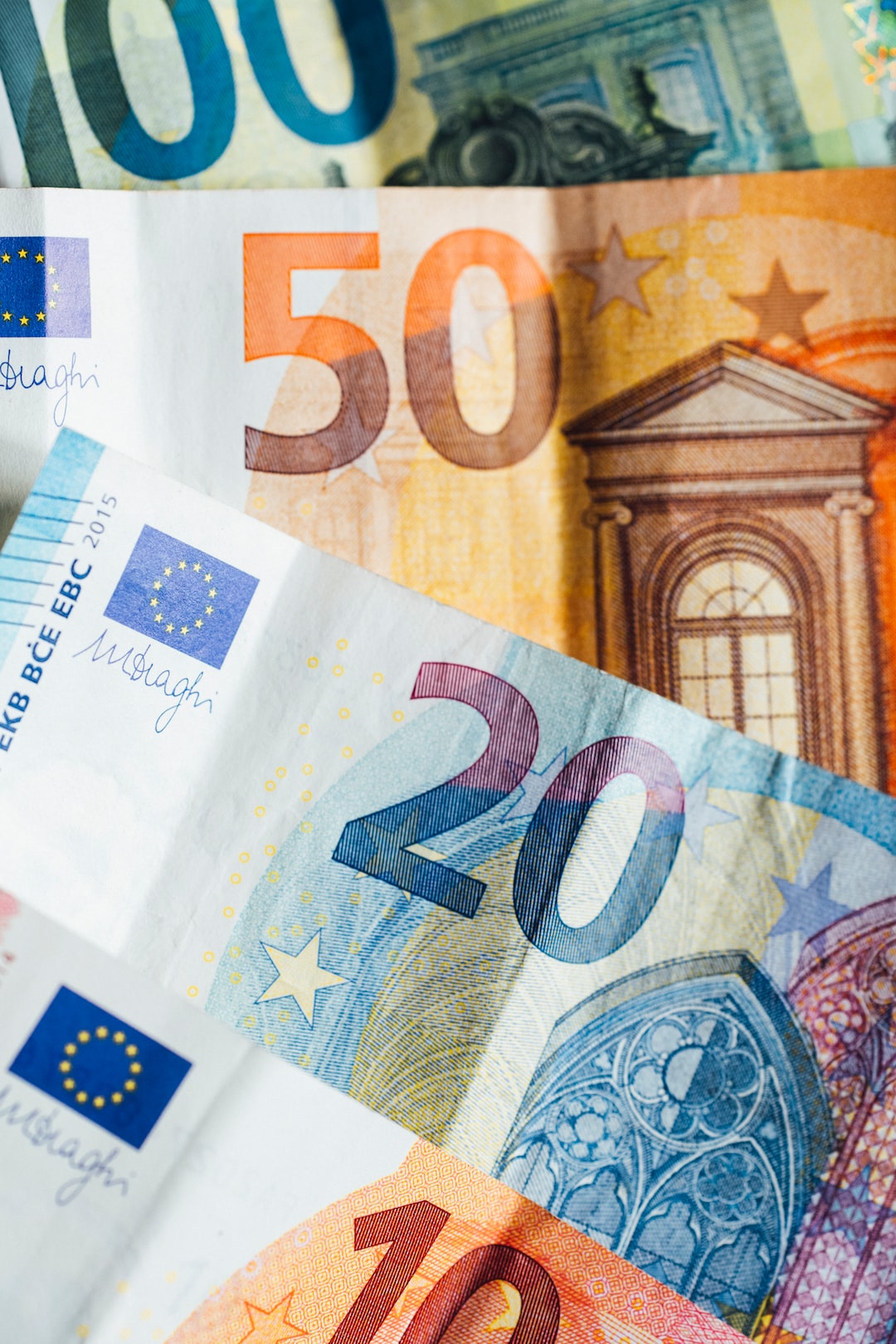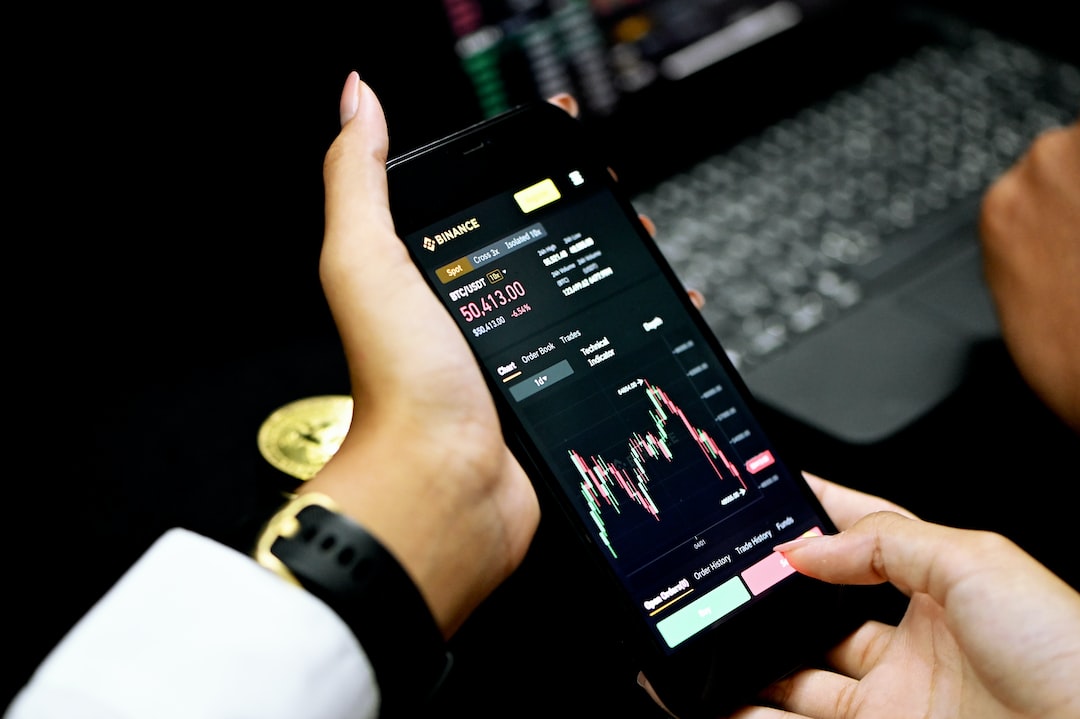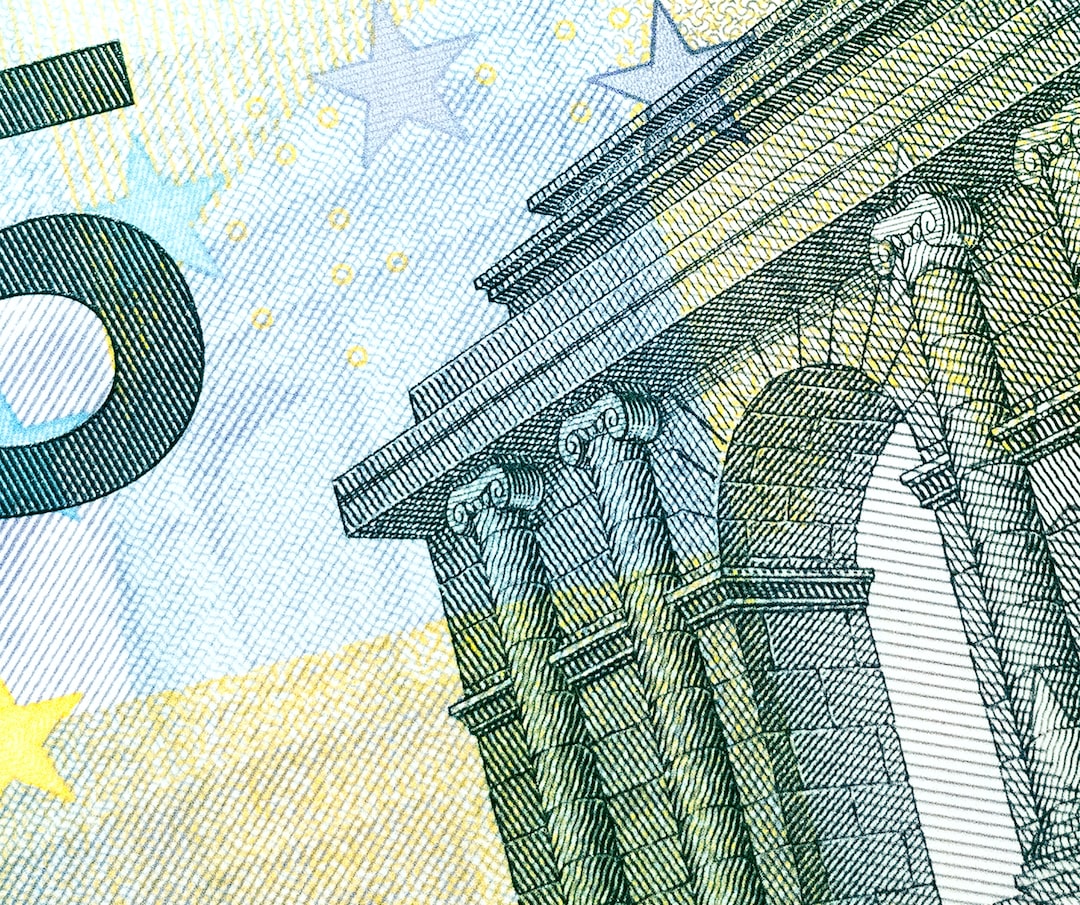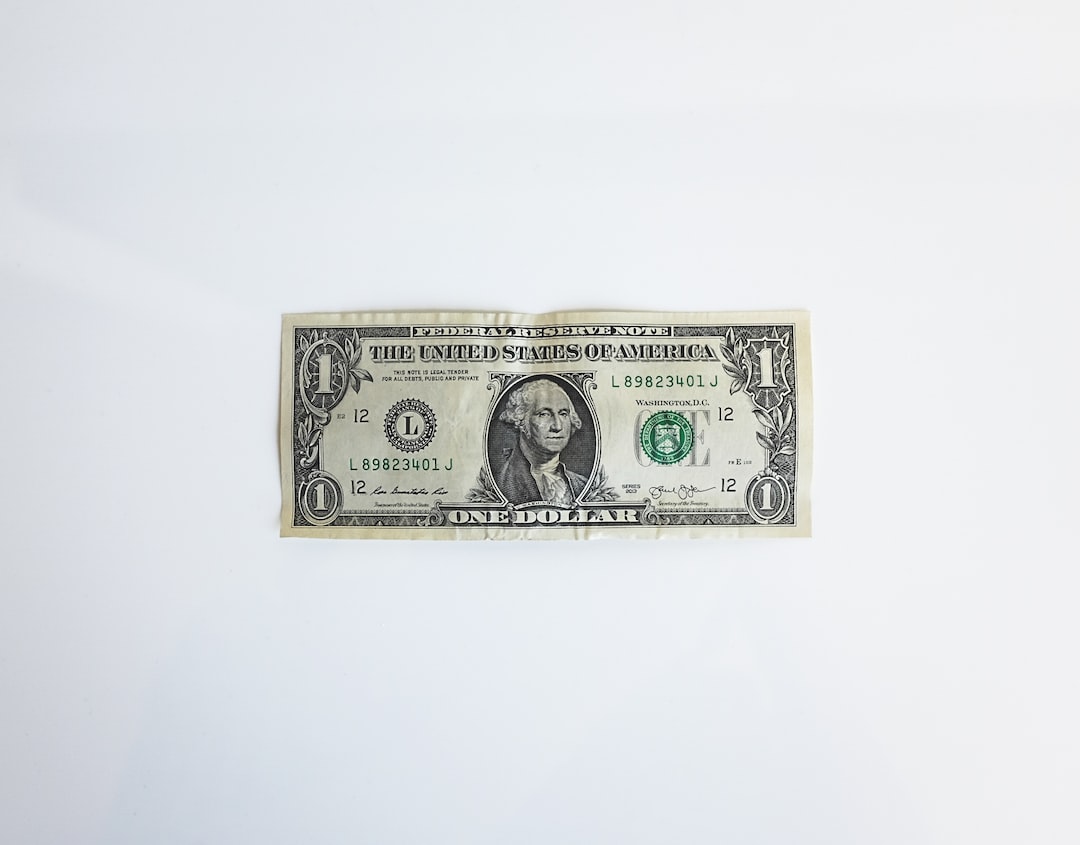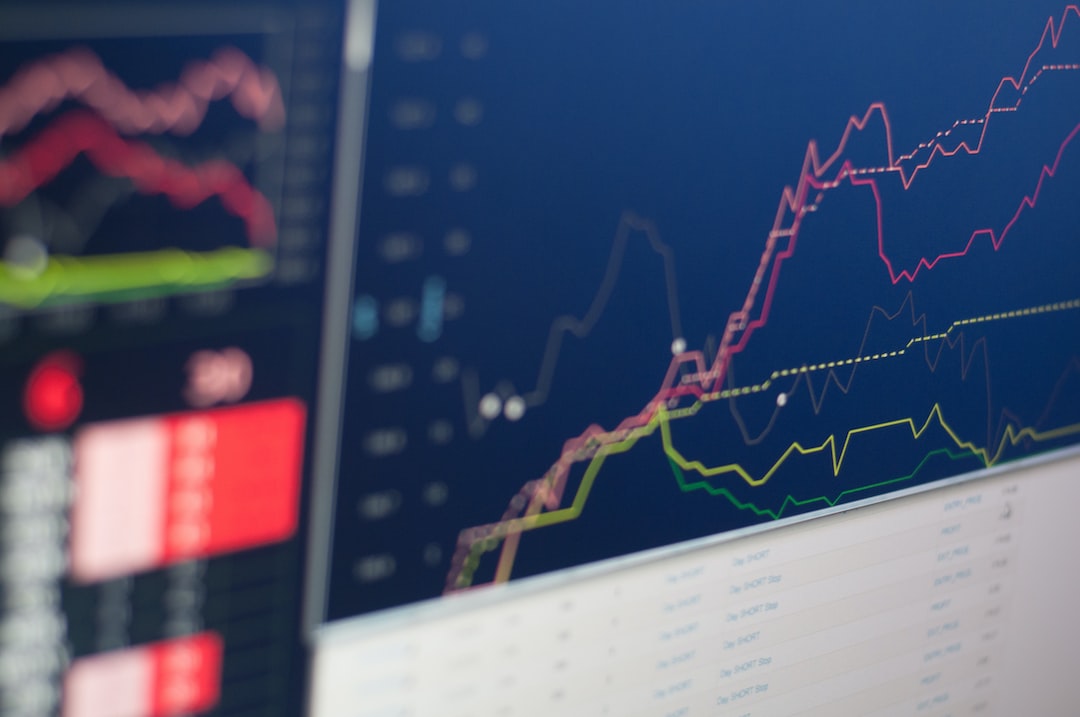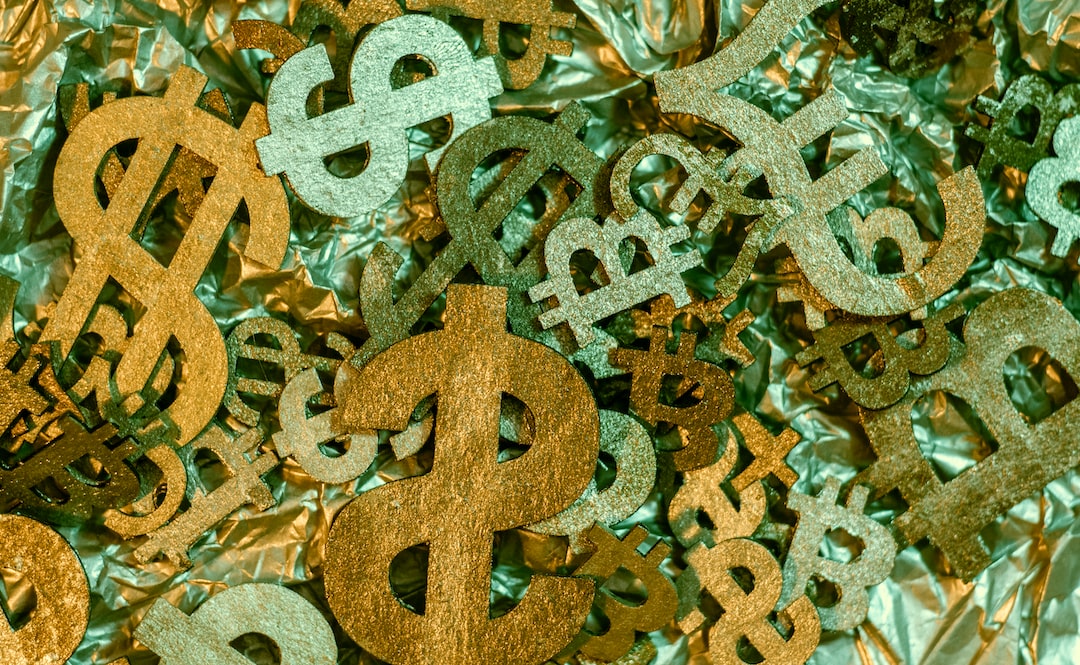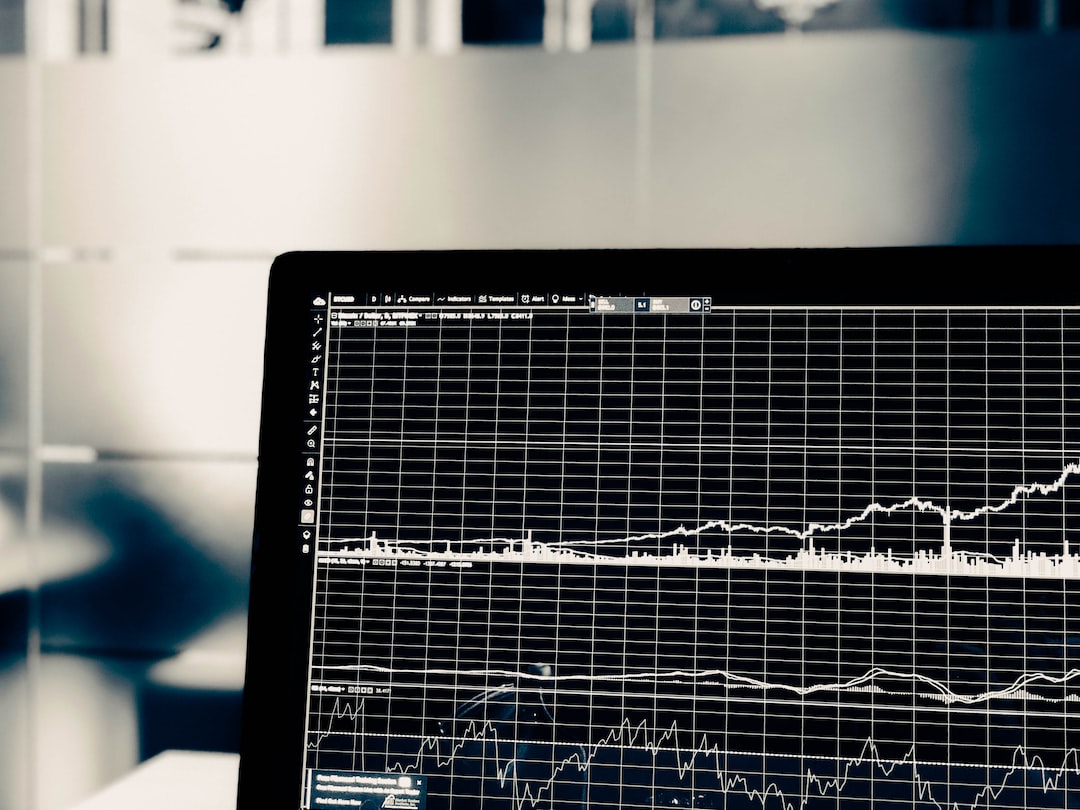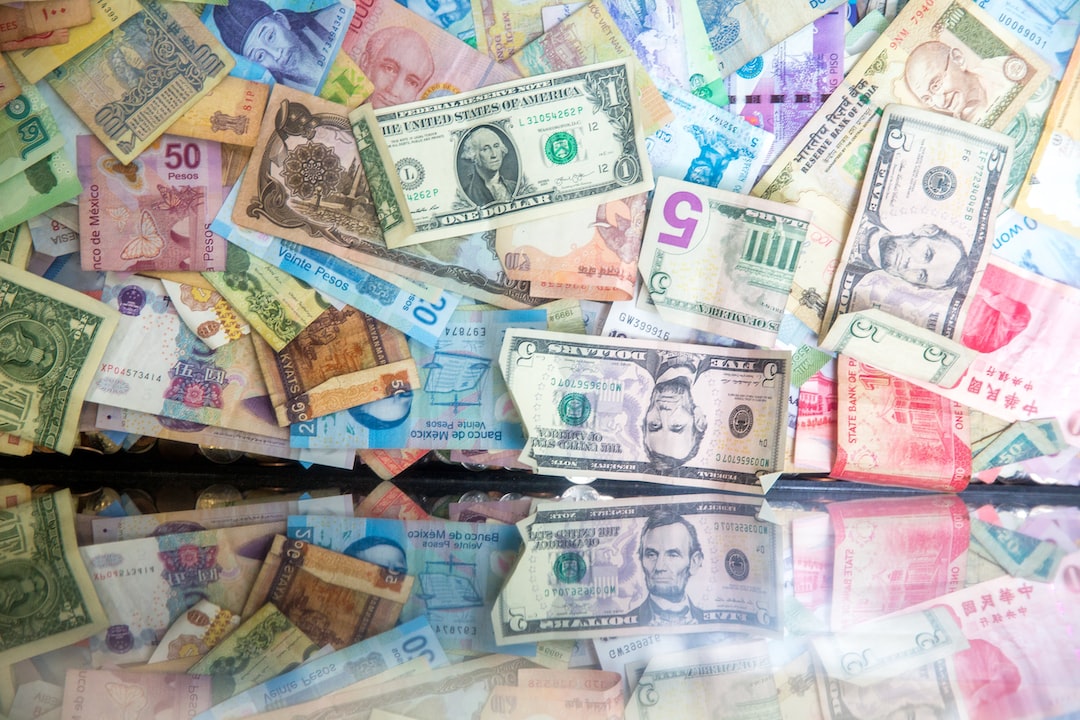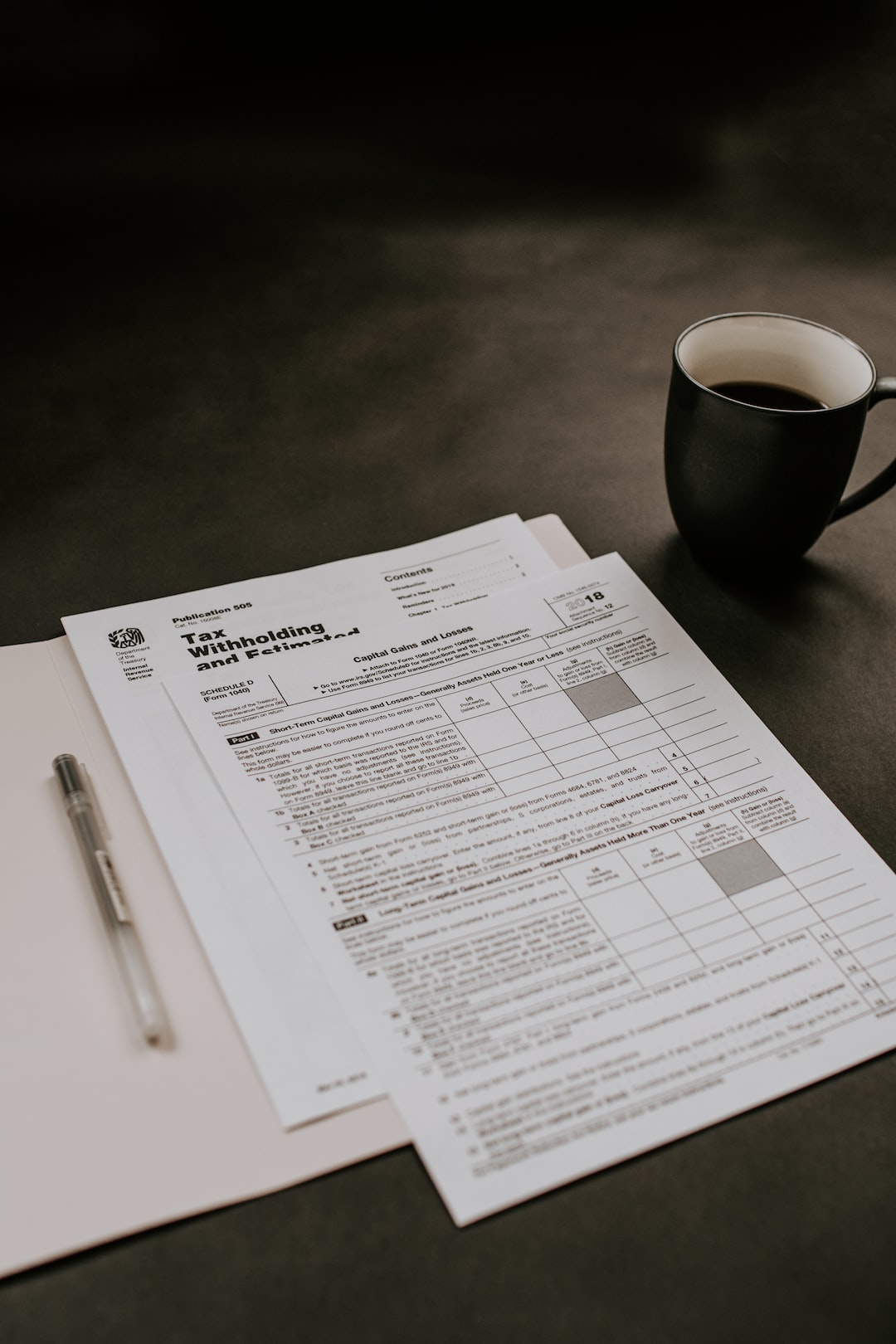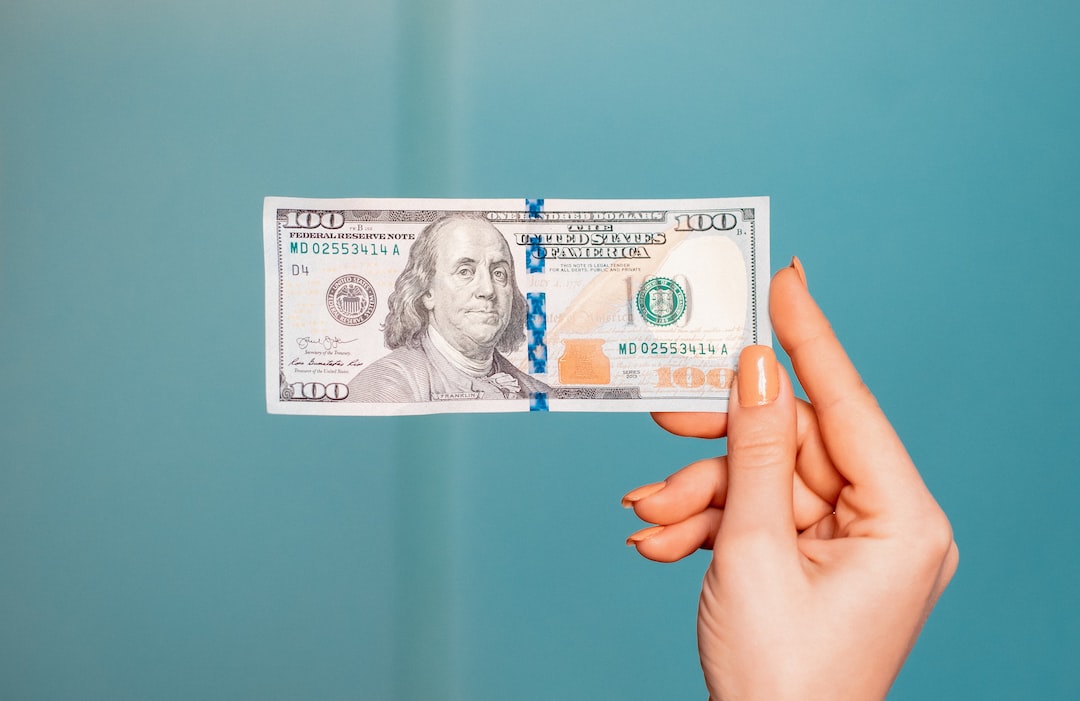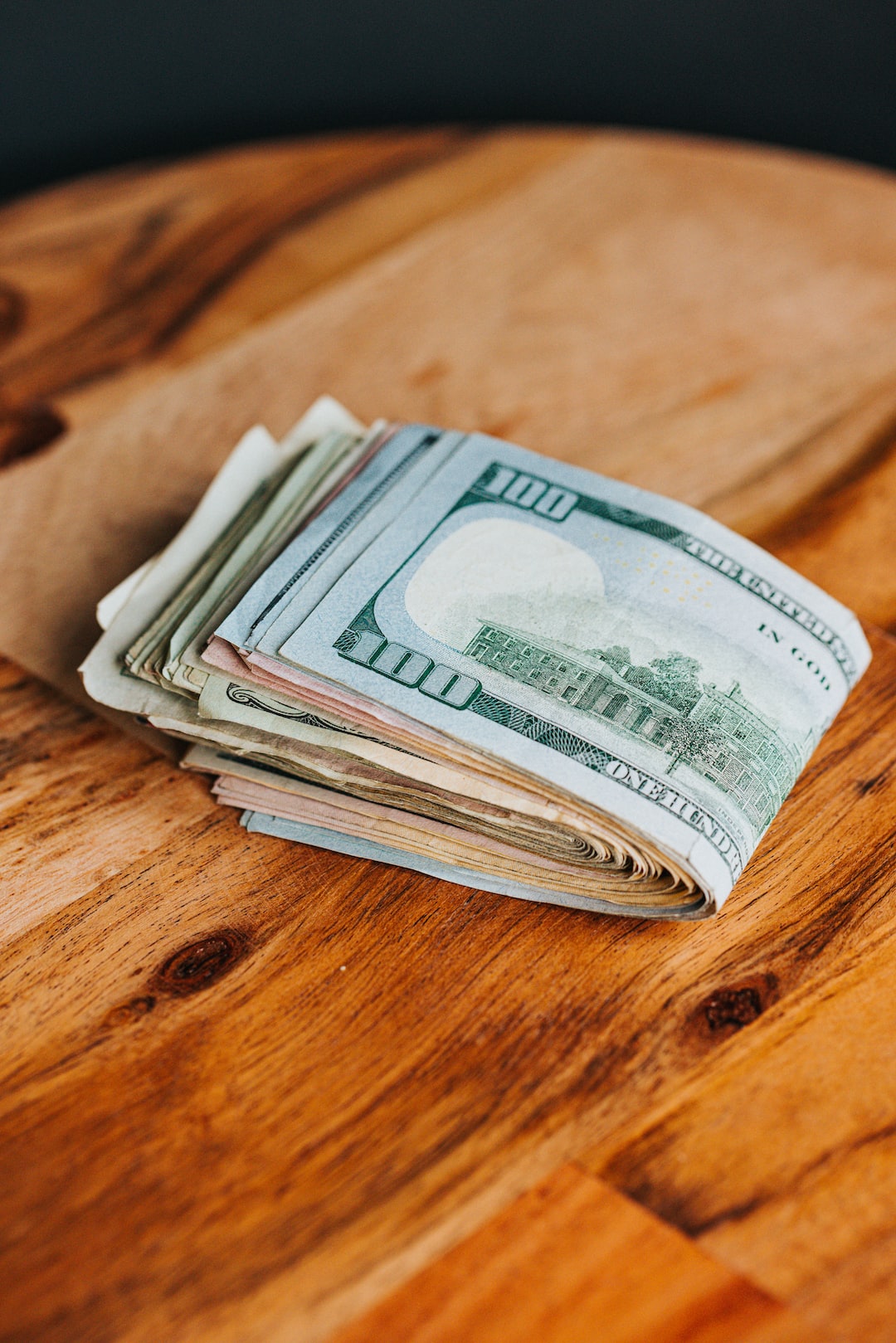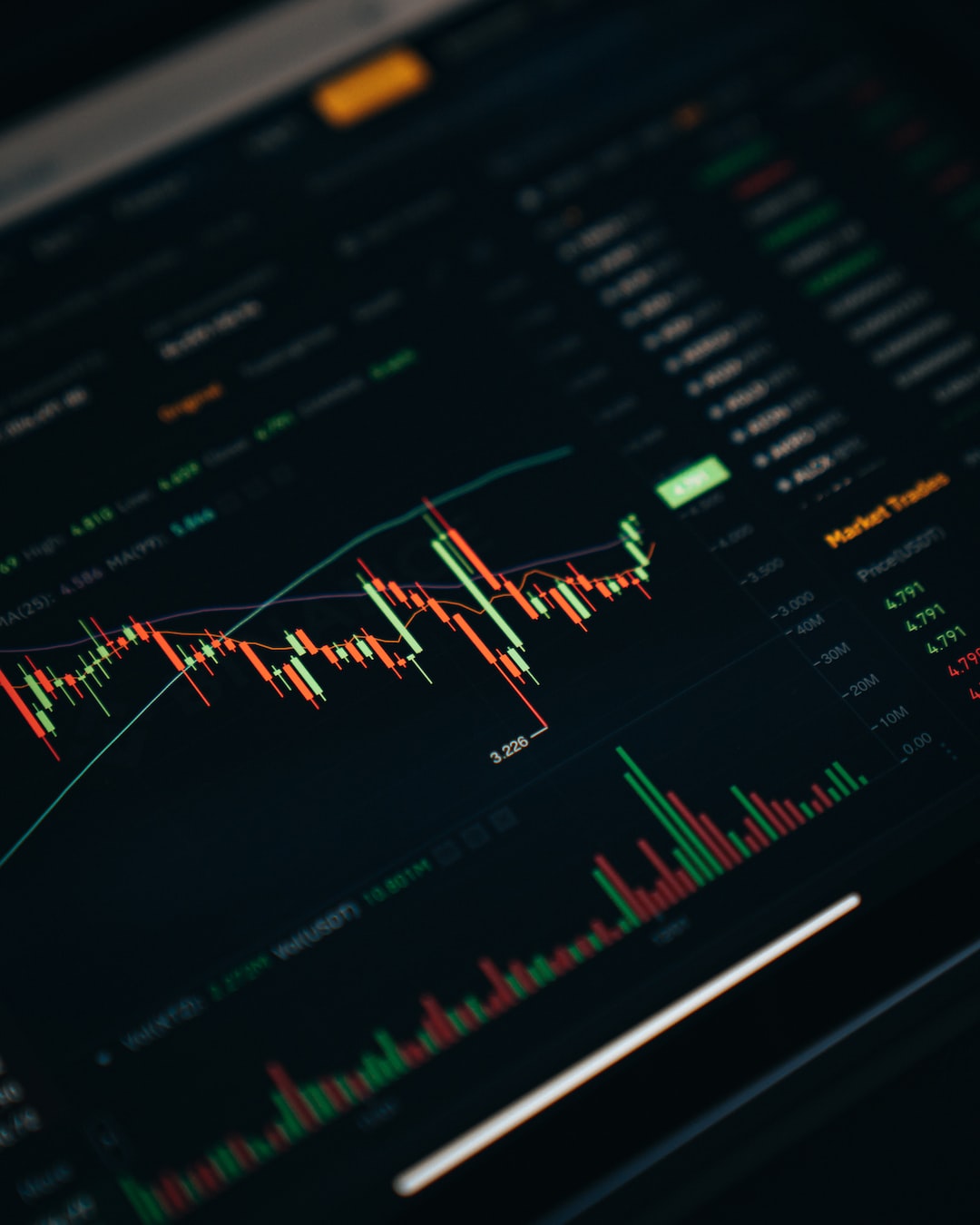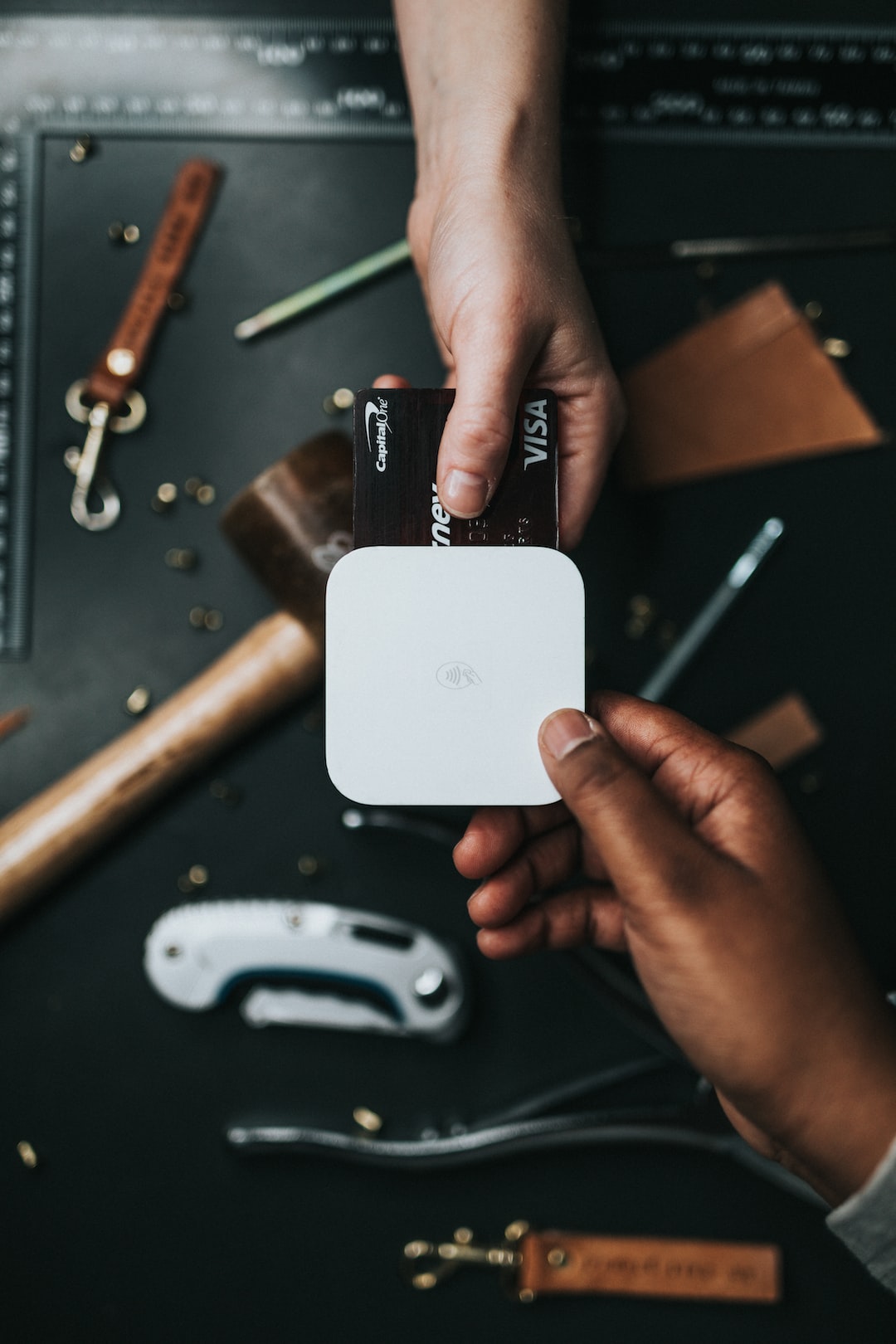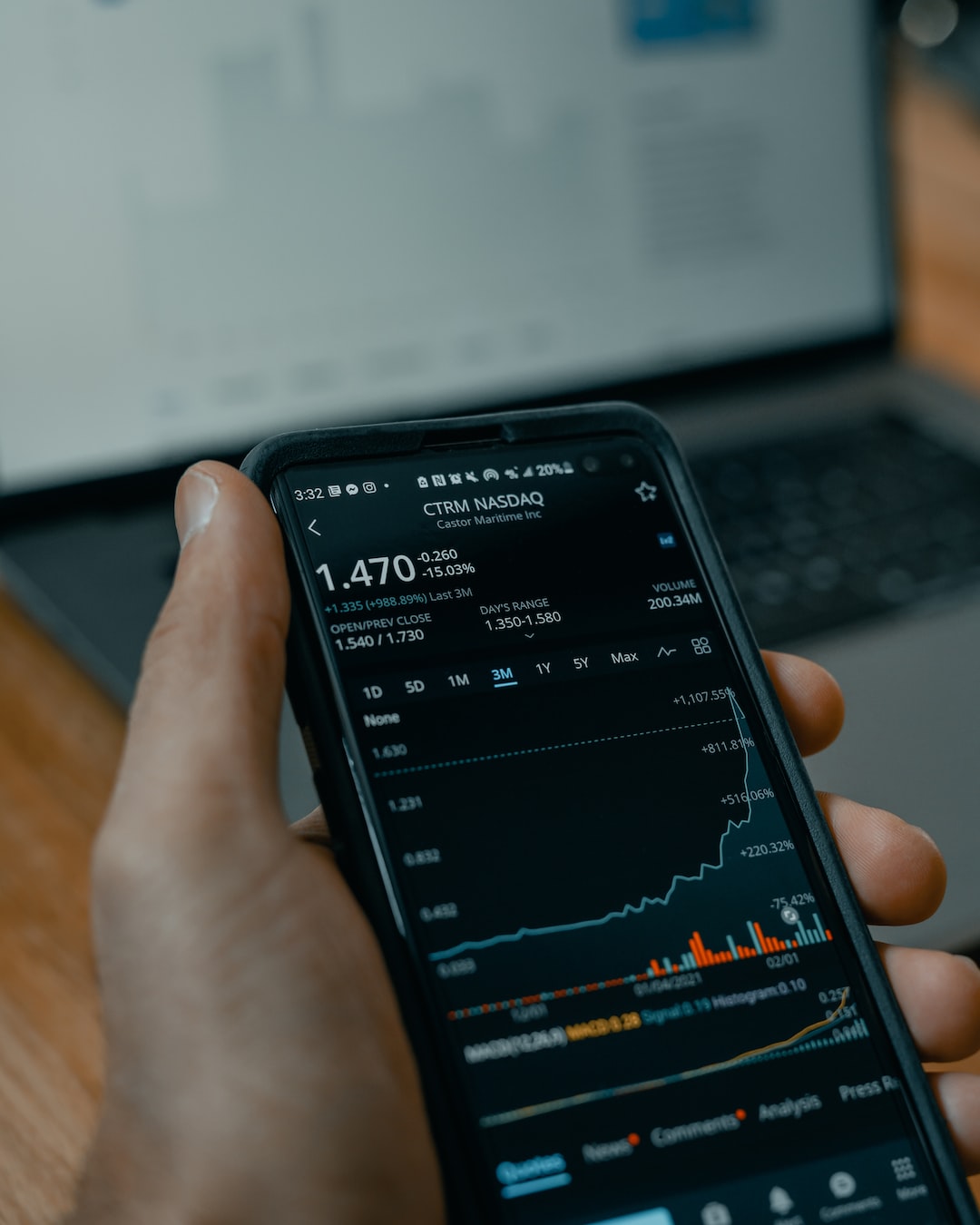On the forex front, the ICE U.S. Dollar Index marked a day-low of 98.64 Friday before paring losses to close flat at 99.08. Research firm Markit will publish final readings of April Manufacturing PMI for the Eurozone (33.6 expected), Germany (34.4 expected), France (31.5 expected). The Eurozone Sentix Investor Confidence Index for May will be released (-28.0 expected). The Commerce Department will report March factory orders (-9.4% on month expected) and final readings of durable goods orders (-14.4% on month expected).
Economic Events to Watch Today
EUR/USD – Daily Analysis
Today in the early Asian session, the EUR/USD currency pair struggling to break a bearish channel around 1.09 after the registered biggest daily drop by 0.67% to 1.0899 level in over a month on Monday due to broad-based U.S. dollar strength.
The GDP of the Eurozone dropped 3.8% in this quarter from the previous 14.4%. The ECB expects a 5% – 12% contraction in Eurozone’s economy this year. The International Monetary Fund (IMF) has forecasted the same Eurozone’s economic contraction as 5%, which was in line with the ECB’s projection. The ECB Vice President Luis de Guindos said in April that he expected a worse recession to be faced by the European economy than the rest of the world.
At 13:30, the Sentix Investor confidence showed a massive decline in the economic conditions of Europe by -41.8 against the expected -25.9. It showed that investors and traders had lost confidence in the European economy, and it weighed heavily on EUR/USD pair on Monday.
On the other hand, the economic data from the United States came in worse than expected.
The Factory Orders dropped to a record of 10.3% during the month of March against the forecasted 9.7% decline. However, in contrast to the economic data, the U.S. Dollar Index remained strong during Monday when it gained about 0.4% and it to 99.59 level, which is the highest since Thursday. The key factor will be the NFP data on Friday this week, and investors will be looking forward to it.
Daily Support and Resistance
- R3 1.0927
- R2 1.0921
- R1 1.0912
- Pivot Point 1.0906
- S1 1.0896
- S2 1.0891
- S3 1.0881
EUR/USD– Trading Tips
On Thursday, the EUR/USD price trading sharply bearish falling 1.0880 level after violating the ascending trendline on the 4-hour timeframe. On the 4 hour chart, the EUR/USD has formed a strong bearish engulfing candle, which is suggesting selling bias among traders. Typically such a pattern shows that buyers are exhausted, and sellers may dominate the market. On the lower side, the EUR/USD may find next support around 1.0835 level and violation of which can open further room for selling until 1.07600 level.
GBP/USD – Daily Analysis
The GBP/USD currency pair stopped its 2-day bearish rally and took modest bids near the 1.2465 while representing 0.15% gains on the day, having hit the intraday high of 1.2471 mainly due to recovery in the risk sentiment in the financial market. The U.S. dollar is losing its bullish traction, which eventually keeps the currency pair supportive.
Currently, the GBP/USD is currently trading at 1.2468 and consolidates in the range between the 1.2431 – 1.2471. However, the traders are cautious about placing any position due to nervous sentiment ahead of the UK-US trade talks and the final reading of British Services PMI for April.
Moreover, the outlook for GBP looks more pessimistic, given the extent of the loss faced by the coronavirus pandemic by the city. Another reason included in the pessimistic view for GBP outlook included the U.K. government’s attitude towards the extension of the Brexit negotiation period as well as the potential of Britain for a cautious reversal of economy after lockdown.
The drop of GBP/USD pair in the absence of any macroeconomic data and news from Great Britain was caused by the strength of the U.S. dollar across the board. Despite the poor Factory Orders data from the U.S. on Monday, the U.S. Dollar Index rose about 0.4% and remained strong against its rival currencies.
The strength of the U.S. dollar, along with the pessimistic outlook of GBP, dragged down the GBP/USD pair towards 1.240 level on Monday. The next key factor for pair would be NFP data from the U.S. on the coming Friday.
Daily Support and Resistance
- R3 1.2597
- R2 1.255
- R1 1.2497
- Pivot Point 1.2451
- S1 1.2398
- S2 1.2352
- S3 1.2299
GBP/USD– Trading Tip
The GBPUSD pair is trading sideways around 1.2435, testing a double top pattern around 1.2425. The recent Doji pattern on GBP/USD pair is suggesting chances of bullish correction over 1.2425 support level. This may lead the GBP/USD prices towards 1.2515 level. On the lower side, the violation of 1.2420 support can lead the Sterling prices towards the next target level of 1.2316. Overall, the trading bias of GBP/USD remains bullish, considering the 50 EMA as it’s keeping the Cable bullish above 1.2420 today.
USD/JPY – Daily Analysis
The USD/JPY was closed at 106.718 after placing a high of 107.067 and a low of 106.633. Overall the pair USD/JPY moved sideways during Monday and remained flat. The risk-off sentiment in the market emerged on Monday after the U.S. administration started an investigation into the origin of the virus. The U.S. administration has decided to prove that China deliberately withheld the information from the world, which led to the global spread of coronavirus. However, WHO confirmed that it had not received any evidence from U.S. administration about the speculations about the origin of the virus that is Wuhan’s laboratory.
U.S. President Donald Trump announced that China should be held responsible for the global coronavirus spread. According to him, China should have informed about the hand-to-hand transmission of the virus earlier as well as it should have stopped the virus from spreading across the globe and in order to punish China for its mishandling of the situation, the U.S. has announced to come up with a retaliatory measure against China.
Trump on Monday also announced to cancel the phase-one deal that was signed between China & the U.S. if China will fail to fulfill its promise of buying $200 worth of U.S. goods. Coronavirus has hit the economies of all countries by lockdown, and it is unclear whether the Chinese economy is able to fulfill its promise or not.
Furthermore, the fact that the U.S. is blaming China over the global pandemic of coronavirus has raised fears of a new trade war between China & the U.S. This rising tension has created the risk-off sentiment in the markets and supporting U.S. dollar.
The U.S. Dollar Index rose 0.4% on Monday and reached a level of 99, which is highest since Thursday. The pair USD/JPY was also supported by the strength of the U.S. dollar on Monday. In the absence of Japanese traders due to Japan’s Bank holiday, the movement of USD/JPY was solely dependent on USD on Monday. The pair showed very slow progress almost remained flat throughout the day.
Daily Support and Resistance
- R3 107.46
- R2 107.27
- R1 107.01
- Pivot Point 106.82
- S1 106.56
- S2 106.37
- S3 106.11
USD/JPY – Trading Tips
The technical side of USD/JPY is mostly unchanged as the pair continues to consolidate around 106.700. As we can see in the 4-hour chart above, the USD/JPY pair is struggling to cross over the downward trendline, which is extending resistance around 106.950. As of now, the USD/JPY pair has also formed a symmetric triangle pattern, which is currently supporting the pair around 106.440. The 50 EMA is also keeping pressure on the pair around the same level of 107.050. Below this level, we may see a selling trend in the USD/JPY pair until the next target levels of 106.44 and 106.
All the best for today!

